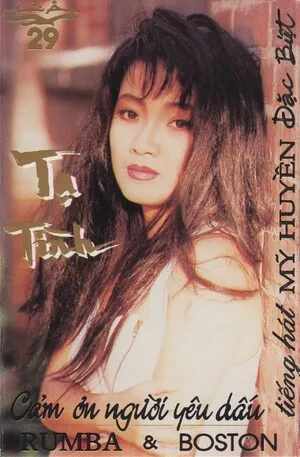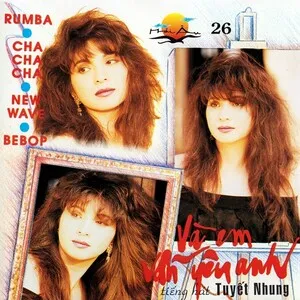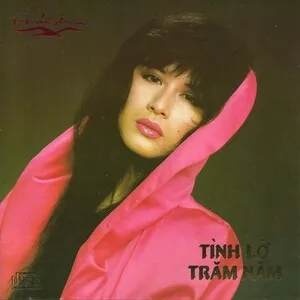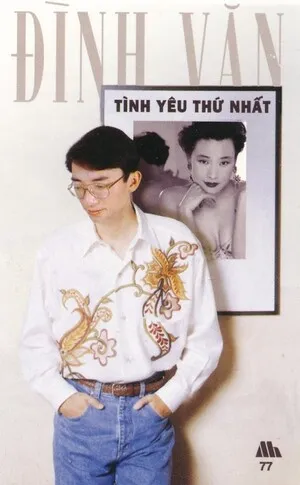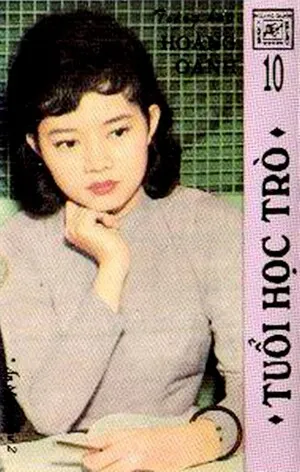Vietnamese bolero (bolero việt nam) is the Vietnamese adaptation of the Latin bolero ballad, emerging in South Vietnam and becoming one of the most enduring styles of pre-1975 Vietnamese popular music.
It keeps the slow, lilting romanticism of Cuban/Spanish bolero but reshapes it with Vietnamese melodic sensibilities, sentimental storytelling, and a gentle dance pulse. Arrangements typically feature reverb-drenched electric guitar, accordion or organ, violin, bass, and light percussion (brushes, maracas, claves), with occasional local timbres. The singing favors clear diction, supple vibrato, ornamental slides, and a confessional tone that foregrounds nostalgia, separation, and longing.
Vietnamese bolero arose in Saigon during the growth of Southern Vietnamese popular music after 1954. Musicians absorbed bolero and related Latin idioms arriving via records, radio, and French cultural channels, and adapted them to Vietnamese prosody and pentatonic-leaning melodies. Early composers began crafting slow, sentimental songs whose rhythms referenced the tresillo/habanera pulse but were softened to suit Vietnamese balladry.
By the 1960s, bolero việt nam was a dominant urban style on radio and in cabarets. Labels like Continental and Asia popularized it, and prolific songwriters (e.g., Trúc Phương, Lam Phương, Anh Bằng, Y Vân, Châu Kỳ) produced a vast repertoire sung by star vocalists. Typical themes addressed love across distance, wartime separation, homesickness, and memories of the countryside—rendered with plainspoken, highly emotive lyricism.
After 1975, the style was heavily restricted in unified Vietnam as part of the broader proscription of “nhạc vàng” (sentimental pre-1975 pop). Meanwhile, a large diaspora community (especially in the United States and France) sustained and expanded the bolero repertoire through performances, cassettes, and variety shows, keeping the sound and canon alive.
From the 1990s onward, restrictions eased and legacy recordings resurfaced domestically. In the 2010s, television contests and streaming helped to spark a new wave of interest among younger audiences. Contemporary singers and arrangers often retain the genre’s sentimental core while updating production, or fusing it with cải lương and other local styles.
The music favors slow 2/4 or 4/4 meters with a soft, steady pulse; diatonic harmony with poignant minor-key turns and chromatic dominants; reverb-laden electric guitar arpeggios and fills; and intimate, ornamented vocals that prioritize narrative clarity and emotional nuance.


